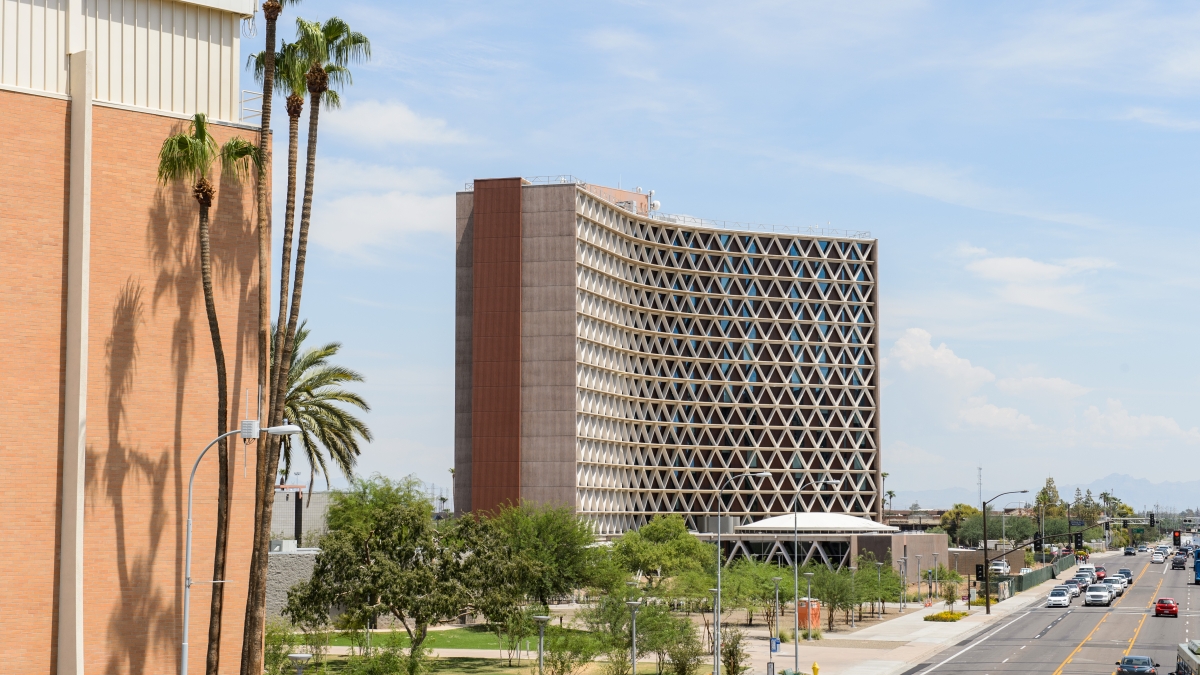University Housing welcomes students to campus residential living

Arizona State University welcomed more than 12,500 residents across all four campuses this week, including more than 800 students into the newly renovated, 215,000-square-foot Manzanita Hall. More than 7,500 first-time freshmen will live on campus this fall, an increase of 1,000 students from fall 2012.
Students returning to campus will experience many enhancements to the residential facilities. The 215,000-square-foot Manzanita Hall re-opens after a two-year, $50 million renovation. As part of ASU’s residential college housing model, the Manzanita experience will include programs and amenities that complement and support more than 800 freshmen students affiliated with the College of Liberal Arts and Sciences. The building has amenities that support student success, including academic study spaces, a fitness area, business center, recreation room and multipurpose areas. Students from the Residence Hall Association were involved in the design for the renovated facilities.
Additional University Housing renovations on the Tempe campus include a new front desk and tutor space at Sonora Hall, new community lounge furniture at Palo Verde Main, a renovation of the front lobby at Palo Verde West and new exterior patio furniture at various locations. Over the past year, University Housing has also refreshed McClintock Hall with a new front desk, new lounges and kitchen, updated flooring, a new courtyard and recreation space and exterior painting of the entire building. Additionally, technological enhancements were added within the University Towers residential community and now all of ASU’s residential communities have access to seamless wireless connectivity for all of their devices.
Through the Residential College Model, University Housing has integrated the experience between academic life and residential life to help students become more engaged in their specific academic discipline and build a strong foundation that contributes to academic success and personal growth.
“Living in one of ASU's Residential Colleges is an important part of the Sun Devil experience,” said Jennifer Hightower, associate vice president of Student Services. “Ensuring that freshmen successfully acclimate to college life and build a foundation that spurs academic success throughout their time at ASU is the central mission of the university’s housing model.”
Each ASU location offers residential college living and learning environments. New residential halls opened last fall at both the Polytechnic campus (Century Hall) and at the West campus (Casa de Oro). The ASU Downtown Phoenix campus opened its new residence hall, Taylor Place, in the fall of 2006.
To learn more about University Housing, visit housing.asu.edu.